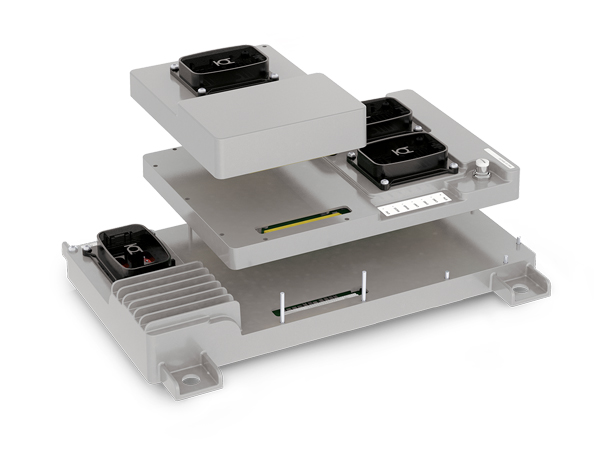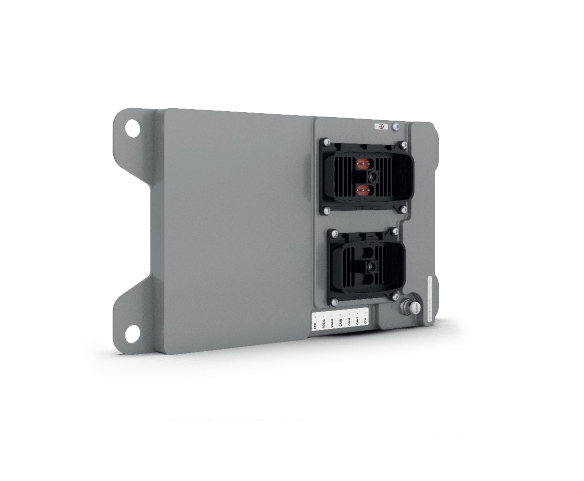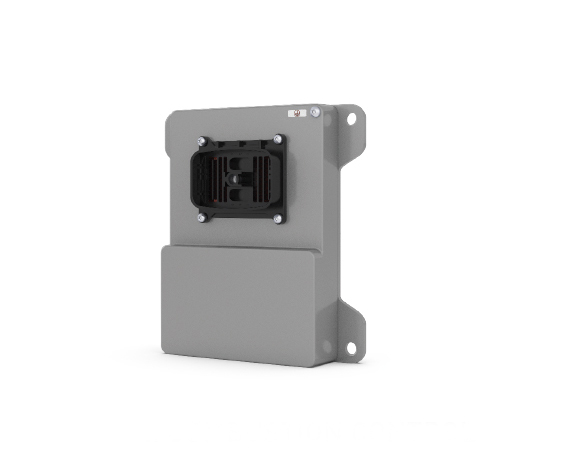
Features & Functionality
The LECM provides a single-box approach that can be built up with interlocking modules into a single engine-mountable assembly.
This single-module LECM approach lowers hardware, wiring and trouble-shooting costs, while reducing development and installation time.
The LECM modules include speed and load control, air/fuel ratio control, ignition or injector control, misfire and knock detection, air/gas/exhaust flow control, the engine’s start and stop routines, all the monitoring and engine-protection-related alarms associated with each function, as well as on-board data logging and communications.
Each module can be used as a stand-alone controller or mixed and matched as stacked configurations to address specific application needs – all using the same software interface. Each module has its own microprocessor running its own program with shared information between modules so that all the modules can interact together as a seamless system.
The LECM manages and controls reciprocating engines used in power generation, marine propulsion, locomotive and industrial engine, and process markets. The hardware can be purchased with fully validated application software for gas, diesel, or dual-fuel engines.
The LECM supports a model-based design that enables rapid application development time, improves agility and enhances validation and verification.

Key Product Variants Include
- 3 Stack (MAIN + EID + AUX)
- 2 STACK (MAIN + EID)
- 2 STACK (MAIN + AUX)
- MAIN Board
- EID Board
- AUX Board
Key Features
- Complete, single-unit engine control consolidating all engine control functions into one module.
- Uses a modular approach for both the electronic control modules for hardware and software.
- Engine-mounted.
- A single service tool used for all engine functions.
- Ability to add exclusive control algorithms.
- Marine-certified; available with application software for turnkey solutions and as an open platform.
- The software also allows control system designers to insert their own market-differentiating control algorithms – thereby helping OEMs retain their core intellectual property.
- The LECM is not only built to satisfy the requirements driven by advancements in combustion technology, but also to meet the requirements in the age of Industrial Internet of Things (IIOT).










